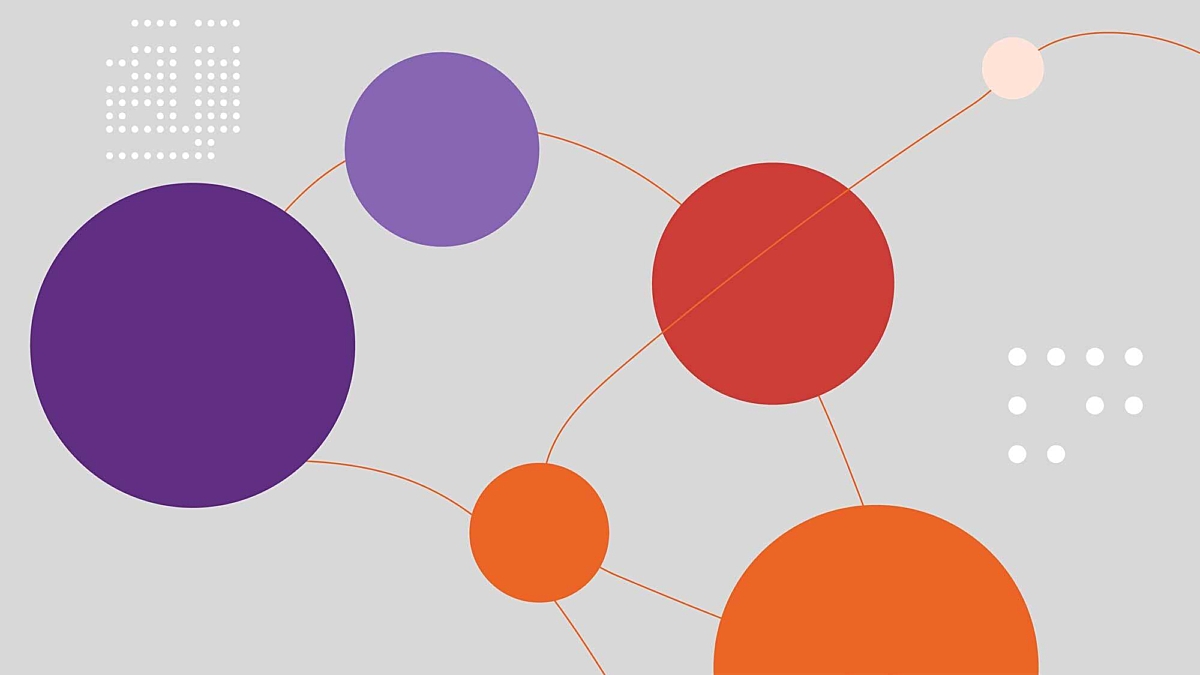Design Research
A More Equity-Centered Approach to Design Research Participant Recruitment

Ensuring participants are informed, accommodated and prepared for is crucial to designing with them
Ask any designer and they’ll tell you: recruiting participants is one of the most challenging aspects of the design research process. But why? In traditional design research settings, recruitment can often feel like a scramble where researchers depend on the convenience and availability of participants. To meet participant quotas, research teams might seek out an ‘average user’. Kat Holmes, author of Mismatch: How Inclusion Shapes Design, describes this as the ‘80/20 rule: “There’s this myth that endures to this day that shows up in design and engineering: the 80/20 rule. You design for the middle of that curve, and we’ll get to the 20% later.” Unfortunately, the individuals who are most marginalized within our society—people of color, disabled, and LGBTQIA+ persons, to name a few—are often lumped into the mythical 20% who are to be designed for ‘later.’ By leaving out participants who bring diverse perspectives and experiences, the research process itself is diminished, creating insights, products and services that don’t meet the needs of people who might need them most.
Equity-centered participant recruitment attempts to do away with the ‘average user’ by placing priority on the individuals who are most frequently marginalized by the research process. It requires taking an active approach to considering who most need a solution, and how that intersects with those who will be most affected by a solution. This inclusive perspective is crucial for co-design and other aspects of design research, ensuring an equitable exchange that begins even before the first research session has occurred.
Applying an Equity-Centered Lens to Your Recruitment Process
So how might we adapt the participant recruitment process to be more equity-centered? There are several steps you can take.
Prepare for Recruitment
Finding the right people to participate is what makes a recruitment process equity-centered from the start. Before you begin finding these individuals, it’s important for researchers to take time to reflect upon which individuals or groups are least considered in your typical research processes.
Identify where power lies in the area you are trying to research. For example if you're trying to understand why middle school teachers have difficulty implementing high leverage teaching practices in their classroom, consider additional factors that can potentially impact teacher classroom practices such as classroom size, training, technology, school or district policies. This exercise can help you understand who you want to prioritize in your research.
Create a recruitment strategy that prioritizes those least considered. For example, let’s say you are trying to understand how students at US universities study for their STEM classes. Think critically about how the experiences of students might vary based on other factors such as race, gender identity, socio-economic status, parenting status, location such as urban vs rural and consider how best to ensure diversity of experiences and perspectives are included in your recruitment. In some cases this might mean that you over sample from communities who are least considered.
Anticipate the needs and potential barriers of participants. For example, if you’re conducting research with college students from low income backgrounds, are there opportunities to offer sessions that fall outside of prime school and working hours so that working students have the time to engage? Are there ways to bring the session to a central location on their campus so that they don’t have to meet researchers in an unfamiliar location? Considering your participant’s needs ahead of time and being flexible to adjusting to them is key to earning trust.
Intentional Outreach
Conducting intentional outreach requires a moment of reflection to consider the voices that are most heard or unheard in your previous research. How do your most vocal participants align or intersect with the communities or users you’re intending to design for? When participants come from the communities for whom solutions are intended, their backgrounds and experiences contribute to richer, more nuanced feedback. Their lived expertise can reveal hidden challenges, unmet needs, and innovative ideas that might not emerge from a group of friends or professional experts alone.
It can be helpful to prioritize the group(s) that have had the least previous representation in your research to ensure that there is a diversity of voices represented. For example, if most of your participants live in urban areas, you could prioritize intentionally reaching out to participants in rural communities to ensure diverse lived experiences.
Relationship Building
Taking an equity-centered approach to recruiting is intended to foster trust and respect between researchers and participants. Part of developing that trust is setting clear, consistent expectations for participants.
Personalize the outreach process. Taking the time to email participants individually and ensuring that they are communicating with the same person(s) throughout the research process can alleviate anxiety and confusion about expectations.
Offer office hours or a way for participants to talk to a researcher before the research process. This can be another simple way to build a relationship. Giving participants the opportunity to sign up for a 15-minute phone call so that you can answer any questions they may have can support their understanding of your work and ensure their comfort throughout the research.
Pay Your Participants Fairly
Providing your participants with compensation for the time they spend participating in your research is one of the most direct ways to value their expertise.
Financial compensation is the simplest way to provide direct compensation to participants. In addition to financial compensation, you can also set aside time with your participants to brainstorm other gestures that might be valuable or meaningful for them, such as providing recommendations on LinkedIn, resume reviews, referral for job opportunities or including them as co-authors on published work.
Ensure that participants are all compensated equally and that they have agency in choosing their compensation method. We often offer financial compensation in the form of a Visa gift card that can be received digitally or physically and make any offer of additional non-financial compensation to all participants, regardless if they are students, caregivers, teachers, or community members.
Not only should participants be compensated equally to each other—they should also be compensated at a rate equal to your team. If your team members are getting paid a certain amount per hour, pay your participants at least that much, if not more. Your research could not be done without your participants. By paying them equally, you set an example that their lived expertise is as important as the learned expertise of your researchers.
Compensation does not have to just be financial. If there is another means of compensation that would be valuable to participants, you can offer that in addition to financial payment. For example, some participants (such as college students) could benefit from mentoring or connections to professional organizations that you could help facilitate. It is important to ask participants what additional forms of compensation would be most useful to them and ensure that they are connected to that resource. These additional forms of compensation show participants that you value their well-being and growth in addition to their existing expertise.
As a researcher, it can be easy to assume that you’re making the most equity-centered decisions when engaging with participants. Unfortunately, recruitment is a space where your implicit biases might not be obvious to you. Before engaging in the recruitment process for a research project, teams should sit down together to discuss what an equity-centered recruitment process could potentially look like. Integrating equity-centered principles into recruitment transforms the research process from an extractive one to a relational one. It prioritizes inclusivity, intentionality, and respect for participants, which helps to create a positive research environment.
Want to learn more about how we can support you in Equity-Centered Design work? Contact us.
Let’s Design the Future of Learning, Together

